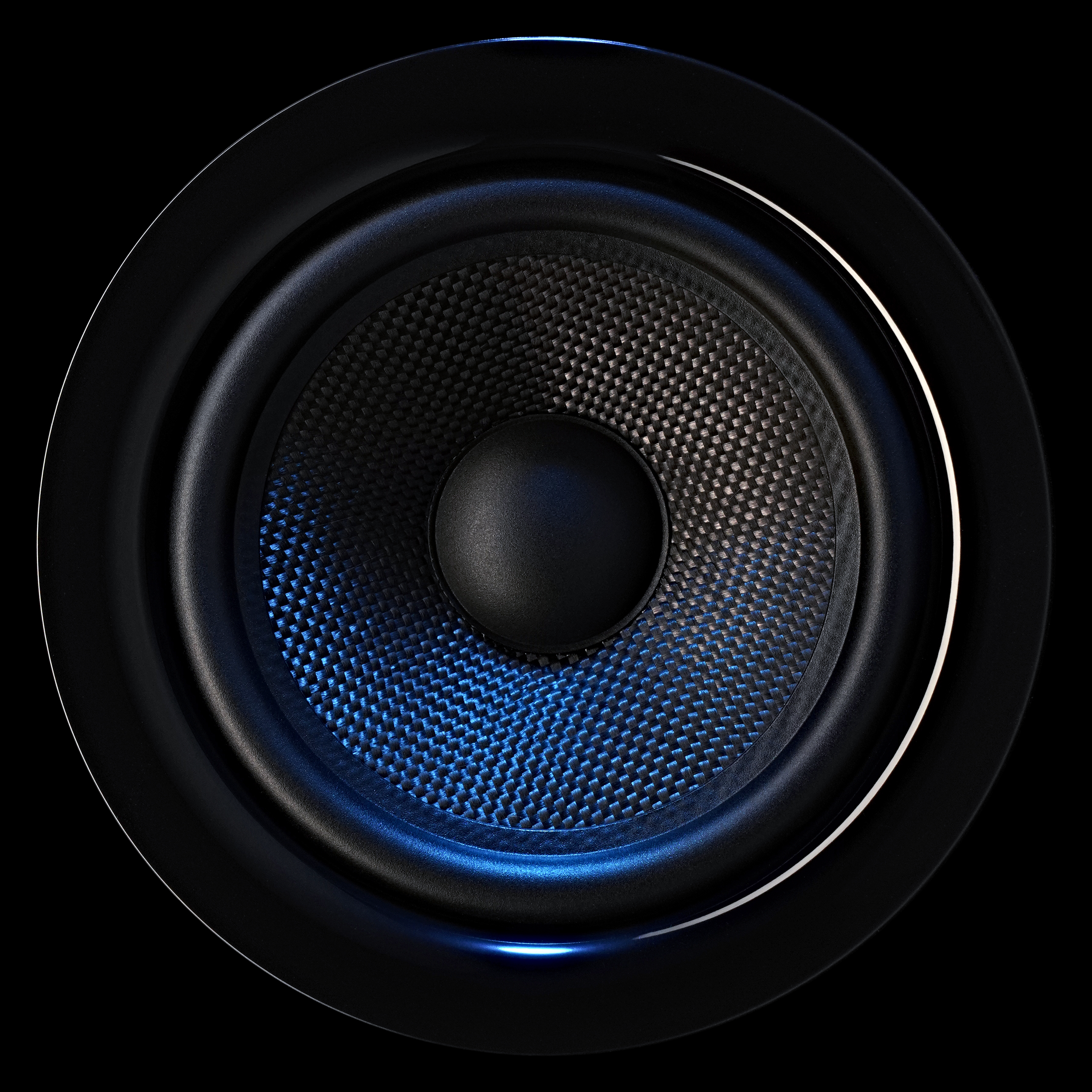Today, a vast majority of music is consumed from a digital source. In order to hear the information stored in our source files, we need a piece of technology called a DAC. A DAC’s job is to turn a digital signal consisting of 1’s and 0’s into an analog signal that can be sent through an amplifier to your speakers or headphones. DACs use complex techniques to decode the input signal and turn it into a clean signal at the output. What are the main factors that affect audible performance?
The processing power of a DAC comes from the DAC chip itself, which reads the incoming discrete digital values and assigns a corresponding voltage to each value to create a smooth curve.

Each bar in the photo above corresponds to a discreet digital value represented by 1’s and 0’s. Sine the analog waveform is a continuous signal with infinite resolution, the bit depth, or number of bits used to represent the values in the original signal, determines how close the original amplitude of the wave can be approximated. As you can see, there are gaps between the bars and the actual wave they are trying to represent. Increasing bit depth will provide a closer approximation of the original signal, but it is still imperfect, and there are gaps known as quantization errors that the DAC has to fill in to create an analog signal. This is called quantization noise. The most common type of DAC, sigma-delta, uses a variety of filtering techniques, such as oversampling and noise shaping, to reduce the audibility of noise that is present, and increase the apparent signal to noise ratio. Today, this type of of DAC can be found in microchip form. These DAC chips are quite cheap, and are found in mobile phones, computers, televisions, and almost anything else that produces audio from a digital source. Some manufacturers use off-the -shelf DAC chips from reputable brands such as ESS, while others opt to design their own chips from the ground up.

Most DACs will use off the shelf chips, since they are inexpensive and work quite well. The second most common type of DAC is an older technology called R2R. This DAC design uses a ladder of resistors to interpret the bits as they are passed to the DAC, and produces a corresponding set of output voltages that approximates the original analog signal. These DACs have the advantage of avoiding a lot of extra processing and filtering that could otherwise introduce noise into the signal, and the lack of a feedback loop improves clock accuracy. Despite these benefits, there are drawbacks with R2R technology, mainly with regards to the absolute resolution that can be achieved. While sigma-delta DACs rely on complex filtering techniques and interpolation (filling in the gaps in the signal) to create a high-resolution output, R2R DACs are limited by the tolerance of the resistors used. The more bits, the more resistors have to be added. It is extremely difficult to achieve the same total resolution with an R2R design because the resistors are limited in their accuracy. Because of this, R2R technology is not particularly common for audio applications, and when it is used, it tends to be very expensive to implement. That being said, there are plenty of people who prefer the more “natural” sound of R2R. Many of the best DACs use the best of both worlds and combine the two technologies to create a DAC capable of superior resolution using digital and analog techniques.
